Let’s talk about rats in Oregon. Rats in the Pacific Northwest can spread incurable diseases, pilfer our food, and invade our homes, all while doing all of this covertly. They are extremely suited to living off of us, and their success with this is at least as old as written record.
While pet rats can be a joy, undomesticated rats are a danger and can populate an area, like your home, in very little time. Worse, they can spread to and from the homes around you quickly, becoming a big problem for your entire neighborhood.
It is our hope that in providing some information on these pests, we can help you understand how they take advantage of you, which sort of pest you’re dealing with, and what to do about it.

A Little Background on Rodents
While a great many pests call the Pacific Northwest their home, most are seasonal and are not active outside of their usual breeding and nesting season. Rodents are not like these and are active year-round.
While they do tend to proliferate in the spring and summer, we are most likely to encounter them in the fall and winter, when the change in weather forces them to seek out shelter and infiltrate our homes. Various rodents have somewhat different dietary needs and look for specific sorts of food, but most are opportunists and will take what they can get.
Rodents, as we know them, have been in the fossil record for about 54 million years, and are now distant cousins to rabbits. The best-known rodent group is the Murids, which have given rise to almost all of our modern pest species, including rats, mice, voles, and even hamsters.
It can be said that rats have benefitted from human civilization even more than dogs and cats. In this series, we’ll be focusing on rodents common to our region, and in this article, we’ll start with the most notorious of them, the rats.
Identifying the Northwest Rats
Rats have a long history of taking advantage of human advancement and have been pests to us for a very long time. The common method of rats following human trade routes and living off human civilizations is called commensalism and is at least several thousand years old. Both Norway rats and Black Rats are commensal and commonly survive by depending on human activity.
In this blog, we’ll go over the Pacific Northwest rats you’re most likely to encounter here, in Oregon.
Norway Rats (Rattus Norvegicus)
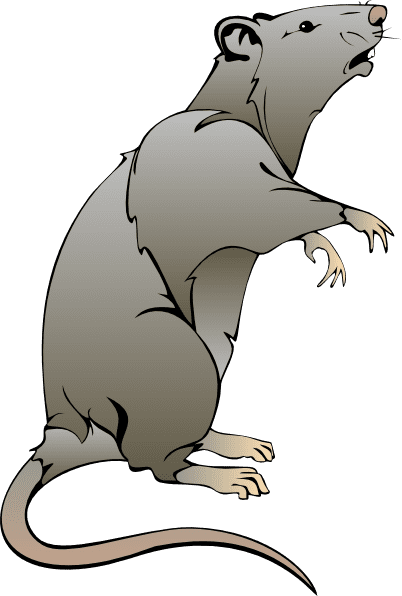
Originally from the areas that are now Mongolia and northern China, Norway rats have been a major, invasive pest, and have now made their home all over the world, wherever they’ve managed to stow away with humans. Norway rats go by a variety of names, and you may know them by any of the following names:
- Wharf Rat
- Norwegian Rat
- Brown Rat
- Street Rat
- Common Rat
- Sewer Rat
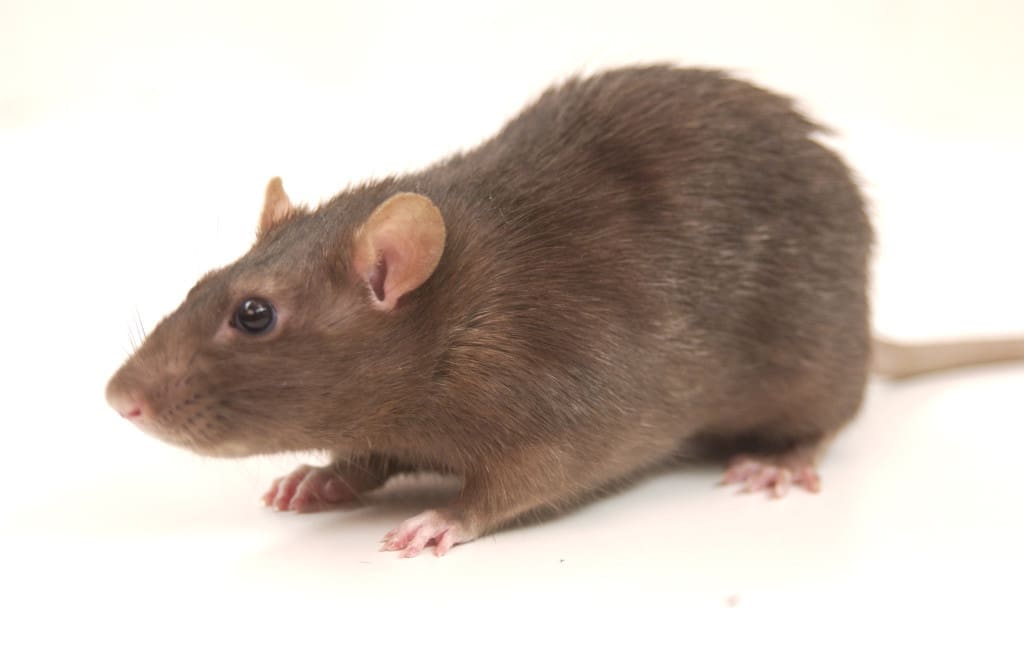
Distinct Features
A Norway rat is typically gray or brown, with a pale underbelly, sporting a rounded snout, coupled with petite ears that sit closely together. Its tail, distinctively thicker at its base, has a scaly texture, and is somewhat bare.
This tail is typically shorter than the rat’s body and exhibits shades of pink or tan. Furthermore, the Norway rat often displays a robust, coarse fur coat, setting it apart from other rodent species.
Diet and Hydration
This gray or brown rat will eat just about anything edible, but like us, prefers a balanced diet. Norway rats will eat various grains, meat, fruits, nuts, and snails.
They have a rather large need for water, needing around an ounce of water each day. If they can find moist foods, this water need can lessen. The perfect place to find much of what they need, while balancing their nutrition needs, is in human garbage, hence why they do so well in our shadow and will likely follow it forever.
We inadvertently create a great rat hotel and amazing rat buffet wherever we go. It’s the perfect setup for them.
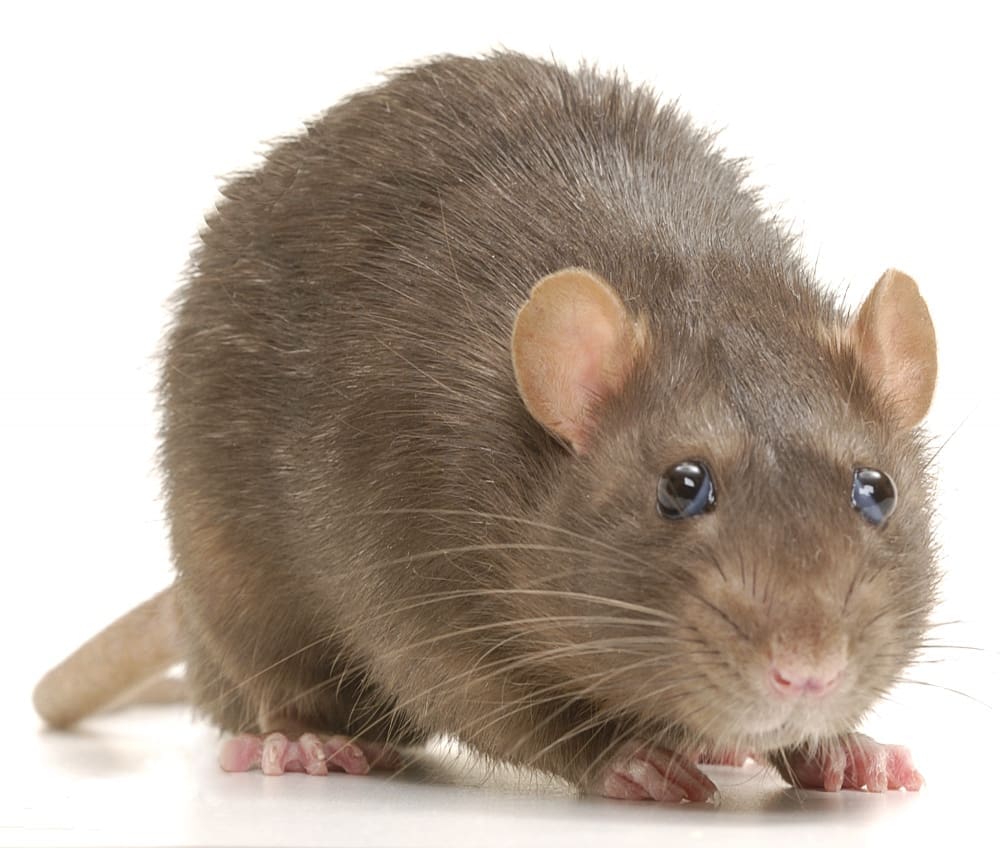
Habits and Behavior
Norway rats are primarily nocturnal, but they do venture out during the day, especially if they’re traveling in a dark place, like the walls, crawlspaces, or attic of your home. These Northwest rats tend to travel daily, from their food source, within an area between 100 and 150 feet in diameter.
That’s usually well within the confines of your home, and they don’t travel far from their food. These gray or brown rats are colorblind and have poor vision, relying heavily on their keen sense of smell and extremely accurate sense of taste.
They can reportedly detect changes in taste at .5 parts per million, which is incredible. In comparison, human beings can only detect 10 parts per million, which means we don’t even place in the Taste Olympics as far as rats are concerned.
Life and Reproduction
After conception, Norway rats give birth in a little over three weeks and can conceive again the very next day, if they’re so inclined. They have 6-12 young at a time. That’s fast and worse, the offspring themselves can already reproduce three months later. Now you’re starting to see how these little brown rats can dominate an area pretty quickly and easily.
Black Rats (Rattus Rattus)
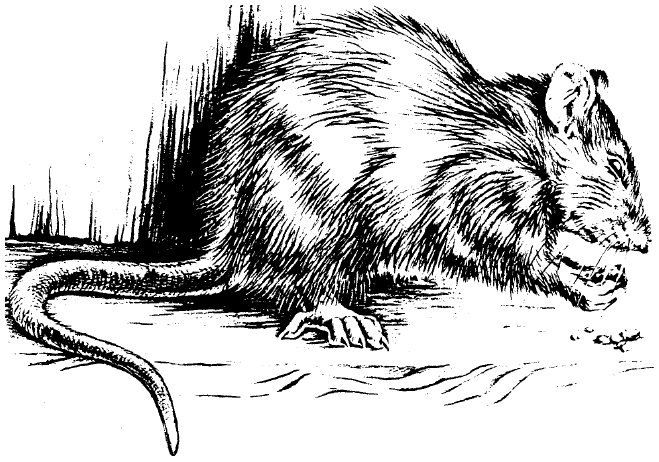
Admittedly, there’s only a slim chance you’ll ever encounter a black rat in Oregon, but they do exist. The black rat has been found in Portland, Salem, and smaller coastal cities where there is human habitation. They go by various names:
- House Rat
- English Rat
- Ship Rat
- Roof Rat
Like Norway rats, black rats have now spanned the globe. Though they made their way into Europe long before Norway rats, they have been displaced as the dominant rat in those regions by the Norway rat, which has proven very successful at invading new regions and taking over.
The black rat or rattus rattus (real creative, scientists) also reached North America a couple of hundred years earlier than Norway rats, but again, have been displaced by the latter. They survive especially well in tropical regions, but in North America, now have only small numbers.

Distinct Characteristics
Black rats have longer tails than Norway rats and are not simply black. Some can be light brown, and even reddish. They are typically smaller on average than Norway rats. Their sense of hearing is highly refined and sensitive, and they are easily alerted to the sounds of humans.
Diet and Hydration
Like Norway rats, black rats will eat just about anything they find that is edible, but are far less concerned with bulk feeding. When possible, they will sample many foods present, and eat small amounts of each, rather than eating one thing until full.
They have a particular preference for fruits and nuts, and require about half as much water as Norway rats, at around half an ounce a day. They are also more likely to forage in groups.
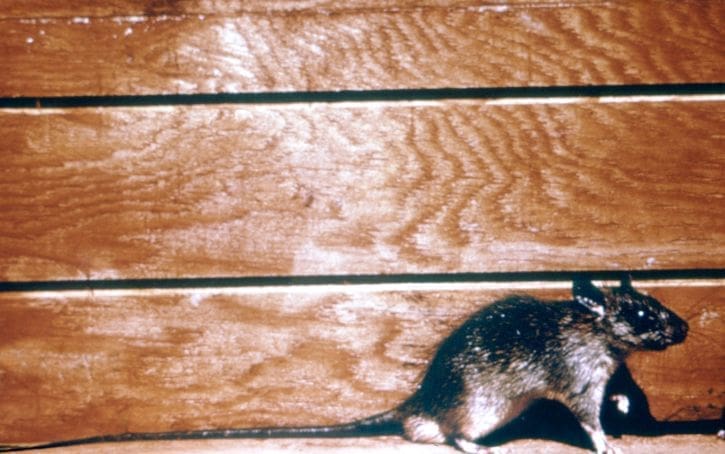
Habits and Behavior
Black rats are arboreal, which means that they favor trees and originally weren’t so suited to human homes. However, homes have roofs, and black rats like those heights (we call them roof rats for a reason). They’ve been known to travel over power lines to get into homes, though they will burrow underground if the conditions require it. As should be obvious, they are extremely good climbers.
The Bubonic Plague
These Northwest rats can also carry a variety of diseases, some of which are incurable in humans. Black rats are known to carry a number of pathogens, of which the bubonic plague, typhus, Weil’s disease, toxoplasmosis, and trichinosis are the best known. They can transmit disease by droppings and urine, bites, and the fleas and mites in their fur.
The most infamous of these diseases, the Black Plague or Black Death, was actually spread by Oriental rat fleas, which lived on the rats. The heavy rat population and poor sanitation practices in the Middle Ages exponentially increased the chances of contagion.
Black Death outbreaks occurred many times in European history, but the most notorious outbreak happened over an eight-year period in the 14th century and killed up to an estimated 200 million people.
Life and Reproduction
Black rats can mate year-round and typically average around eight young per litter, which is more than Norway rats, although Black rats tend to mate less frequently. Their young also take a bit longer to become reproductive than those of Norway rats, which gives the latter an edge in dominating an area.
Black rats proliferate in warmer climates but don’t handle cold very well, which is another reason Norway rats have often been able to run them out of town.
Packrats (many species, but particularly Neotoma Cinerea)

Also known as the bushy-tailed woodrat (for their squirrel-like tails), the packrat has many distinguishable traits and features, but the most well-known is their penchant for building complex nests out of things they find.
Distinct Characteristics
Packrats have large ears and somewhat long, flat tails. Males are much bigger than females, and they are excellent climbers and jumpers. Unlike Norway rats and black rats, packrats are perfectly at home in colder environments, and they live quite well even in Northernmost Canada. They are also found in hot climates, such as the desert region of Arizona, though prefer the upper mountain regions, which are typically colder.
Like other rats, they do not hibernate and will forage and eat year-round, though they do try to store up food reserves so they can remain in their nest during the colder months.

Diet and Hydration
They are herbivores, but will occasionally eat insects and other kinds of meat, favoring leaves and stalks of plants. They will also eat fruits, fungus, and seeds. Of interest is that packrats do not need a source of open water, as their hydration needs are met through their solid food diets.
They have sharp claws and can chew through very dense material. It is not uncommon to find they have chewed straight through your wall to get into your kitchen. We’ve seen one chew a large hole through a dense city garbage can, tunnel through trash bags and the trash within, and then gnaw their way out the other side, all in a single night.
Habits and Behavior
Unlike other rats, which will generally build a small nest of typical materials like wood, paper, and general debris, packrats favor shiny objects and are highly curious. They take things from our homes and use them to build complex, large nests, which are sealed by a secretion the packrat makes called “amberat”.
This substance preserves the nests, and anything in them, for extremely long periods of time. Think centuries. Plant matter from hundreds of years ago can be preserved in packrat nests, which makes them both fascinating thieves and nature’s museum curators. Packrats even have favorite items that they somewhat bond with, objects they will protect and with which they will travel.
As these items are not crucial to their survival or needed much, packrats can be said to be materialists, really, and would almost seem to have a rudimentary sense of ownership. This bushy-tailed woodrat will even drop off needed foods in order to then pick up and steal off with something fascinating, like a belt buckle or a key.
Packrats are also fiercely territorial and very aggressive to other rodents, and when necessary, fight often, even with their own mates. Males abandon bred females when their litter is quite young, owing to their territorial nature.
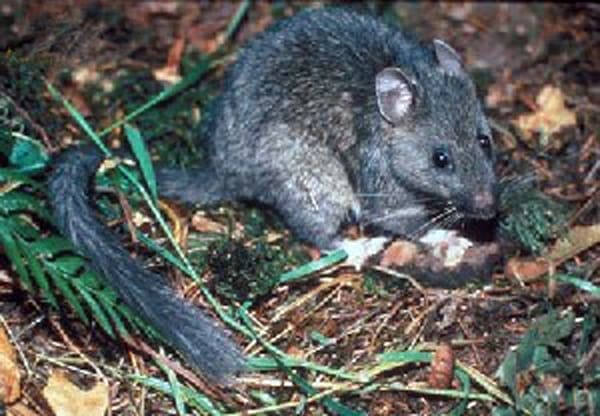
Life and Reproduction
Packrats do not breed year-round, unlike Norway rats or black rats. They breed in the spring and summer and can conceive a mere 12 hours after giving birth. It is not uncommon for a female to be nursing her young while also pregnant with her next litter.
Despite this, they take about five weeks to give birth, which is substantially longer than the other rats. In addition, these northwest rats usually only have around three young per litter, and reproduce between 1-2 times a year. The young are not able to reproduce until about a year old.
Due to these factors, packrats are very slow to multiply and populate when compared to the other rats in this list. It is no surprise that we encounter enclaves of packrats far less often than other rat species. They are also solitary and do not like the presence of other Packrats.
Having Rat Trouble?
Rats are everywhere, even in the lovely state of Oregon. If your neighborhood has experienced rodent problems in the past, it’s highly likely you might have a run-in with them in or around your own home.
If you suspect you have a rat problem, call in the experts. Bug Zapper Pest Control deals with rats daily, and our strategy for eliminating these pests from homes and residences has proven itself time and again.
Each home is different, and every infestation concerns unique details that need to be taken into consideration to stage a successful treatment plan.
data:image/gif;base64,R0lGODlhAQABAAAAACH5BAEKAAEALAAAAAABAAEAAAICTAEAOw==

Give us a call and we’ll have you rat-free in no time!
5 Star Rat Control Service available in Albany, Ashland, Corvallis, Eugene, Grants Pass, McMinnville, Medford, Newberg, Roseburg, Salem, Sherwood, Wilsonville, Woodburn, Tigard, Tualatin and surrounding areas.



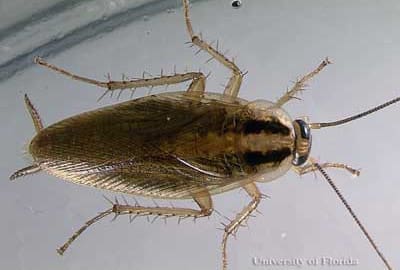 How Fast Do Cockroaches Reproduce?
How Fast Do Cockroaches Reproduce? How to Get Rid of Ants
How to Get Rid of Ants Danger! Fleas Spread Tapeworm!
Danger! Fleas Spread Tapeworm! How to Get Rid of Bed Bugs – For GOOD!
How to Get Rid of Bed Bugs – For GOOD!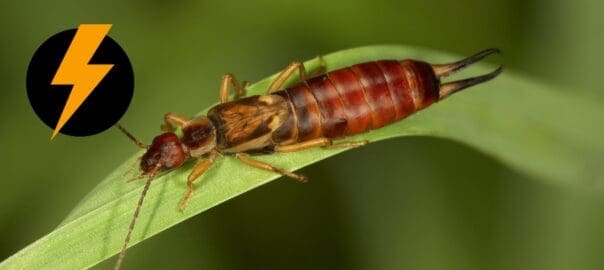 Get Started With Spring Pest Control
Get Started With Spring Pest Control